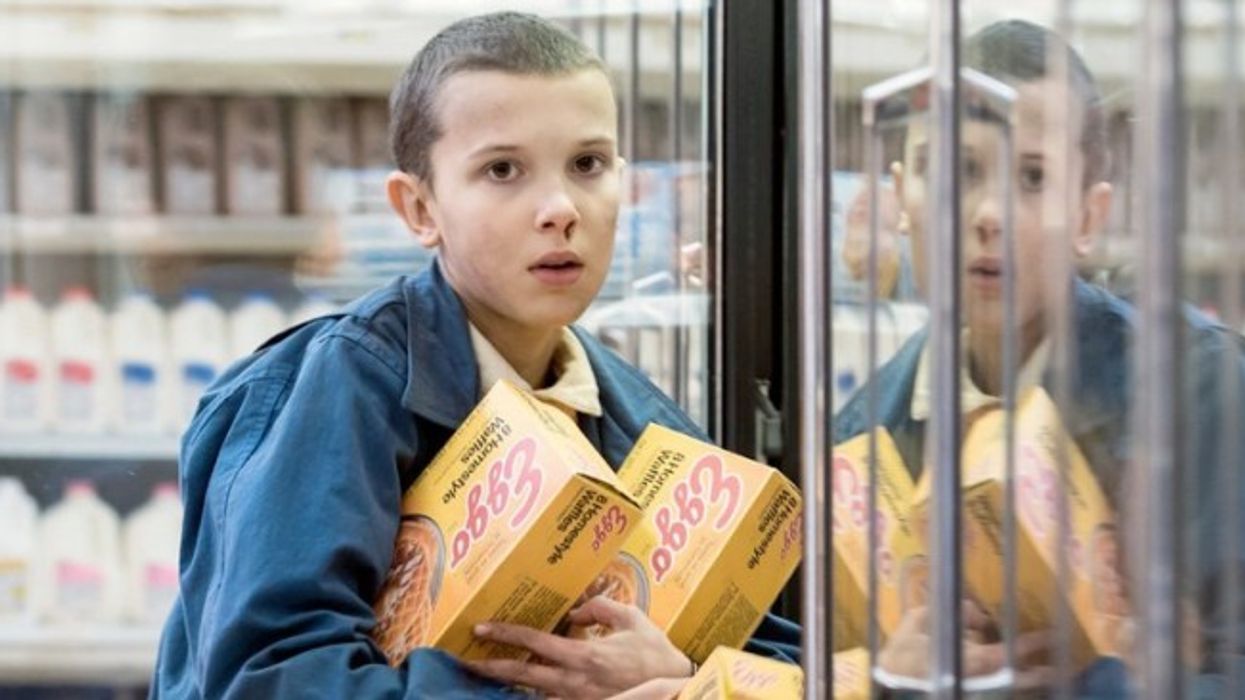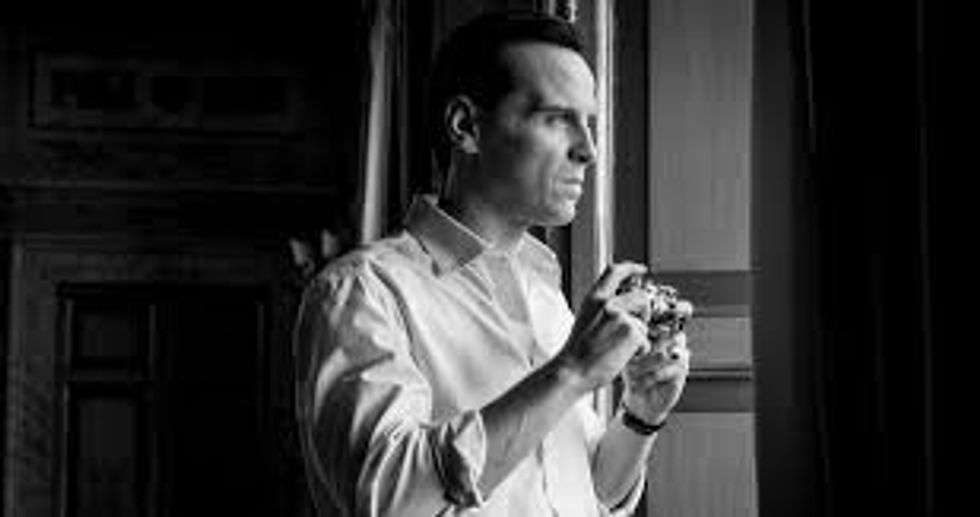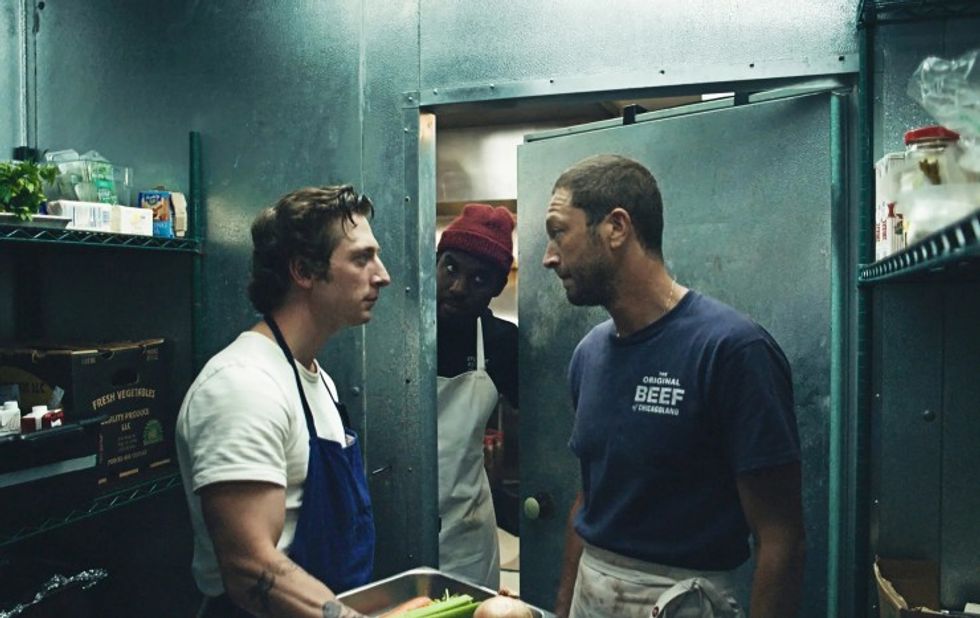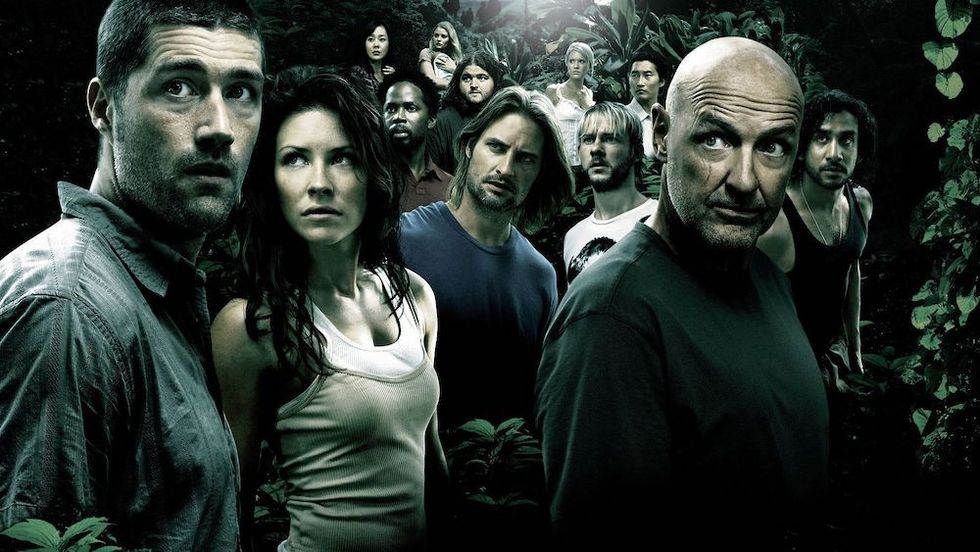5 Lessons on Making Low-Budget Horror From Cult Classic 'Carnival of Souls'
Herk Harvey’s 1962 milestone of low-budget horror can still teach us tricks of the trade today.
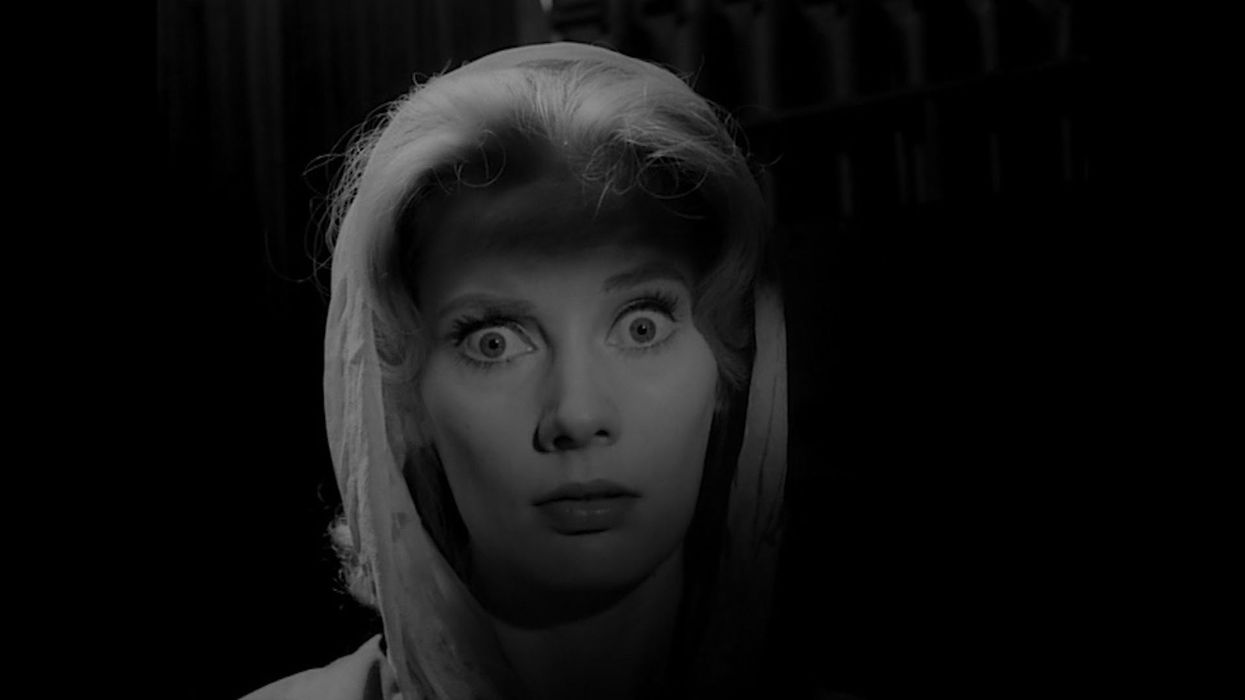
It starts, like so many other horror films, with death and music. Teenage hooligans race their cars down a sun-dappled dirt road that winds through forlorn Kansas backcountry. Like one of those teenicide educational shorts they showed to high schoolers in the 1950s to scare them out of drag racing, the testosterone-fueled race ends in tragedy, as a car plunges off a bridge and into the water below. A funereal flood of organ notes spills out as the title, Carnival of Souls, writhes on the water's surface. One girl, Mary (Candace Hilligoss), climbs out of the waters, staggering across the muddy bank, not remembering how she survived. Her friends did not make it. But maybe she didn't, either.
Shot for $33,000 with just one professional actor (Hilligoss) and some laconic extras, Herk Harvey's Carnival of Souls is a milestone of low-budget horror. It's the most quietly influential horror film of the 1960s, a decade rife with creatures and creeps, when some of the most influential American filmmakers (Scorsese, Lynch, De Palma, the late Cimino) were honing their skills. Few American films of the era have done so much with such few resources.
Harvey's film understandably lacks the shot-for-shot professionalism of Hitchcock's Psycho (1960), whose influence is ubiquitous and impossible to overstate, and doesn't have the visceral immediacy of George Romero's Night of the Living Dead (1968), which was made for almost four-times the budget. However, Carnival of Souls remains a profound lesson in DIY filmmaking, an achievement as inspirational as it is impressive. The way it looks and sounds, as well as its coalescence of quietude and crafty rigor, has seeped subtly into the foundation of subsequent atmospheric horror movies. Watching it for the first time feels like remembering a dream briefly forgotten. Here are some takeaways that you could apply to your next work:

1. Use what, and who, you know.
Herk Harvey, who only directed one feature film, had a prodigious career as a documentary and educational filmmaker. He cut his teeth on industrial shorts and travel pieces, and had a prolific output for Centron Corporation, a well-respected company that produced a plethora of films in the '50s and '60s. Harvey and his friend John Clifford were, for all intents and purposes, the main content manufactures for Centron.
Clifford, tapped by Harvey and given carte blanche to write whatever he wanted, wrote the screenplay for Carnival of Souls in less than a month, making this, essentially, a Centron production in all but name. Harvey himself also plays The Man, the whey-faced ghoul who appears to Mary, lurking in the hallway, glaring through her window as she drives down a darkened highway. The idea of slow-burn horror—with its pallid figures with cavernous eyes skulking in shadows—may not stem from Harvey, but it certainly owes a lot to him.
The camera doesn't move often, and when it does, it drifts dreamily because Harvey didn't have the luxury of cranes or expensive equipment.
2. Make the most of your surroundings.
Harvey's keen eye for landscapes and derelict buildings gives Carnival of Souls its precise, economical aesthetic, with every shot measured to deliver the most information and every location evocative of the film's elegiac mood. The camera doesn't move often, and when it does, it drifts dreamily because Harvey didn't have the luxury of cranes or expensive equipment. (The Winkie's Diner scene in Mulholland Drive channels this kind of floaty, fugacious feeling, as if the camera is a soul untethered to a body.)
In the film, Harvey turns Lawrence, Kansas into purgatory. The sticks and stones jutting out of the river, the dusty, serpentine roads, the hollowed-out bathhouses strewn along the side of the highway and the empty buildings that loom at the end of piers; the scenery is an integral part of creating the mood.

3. Conjure atmosphere without expensive trickery.
Carnival of Souls uses literal smoke and mirrors to achieve its tone. When The Man appears to Mary in her car window, Harvey uses inexpensive angled mirrors so his face would appear crisp and corporeal, existing on the same plane. Whenever Mary encounters a ghost, Harvey frames them as counterparts, sort of like dead doppelgängers, using reflections and refractions.
The movie isn't necessarily jump-scare-laden, but a few moments do stir you. He gets a scare out of a well-timed pair of shot reverse-shot zooms, which keeps viewers on their proverbial toes throughout the rest of the scene. (The slow, shambling monster of It Follows brings to mind Harvey's approach.) The juxtapositions Harvey creates through clever, sharp editing have a moribund sense of humor to them; as Mary turns a car key, Harvey immediately cuts to her pressing a button on the church organ. It sounds like she's playing her own elegy.
Like a pair of Boy Scouts, the filmmakers were thrifty, turning shortcomings into the film's defining features.
4. Play your own elegy.
The music in Carnival of Souls permeates the film down to its proverbial marrow. It lingers like a prescient bad feeling. Mary is an artist but she has to take a job playing at a church for money, which perturbs her. "I'm never coming back," she cryptically says as she turns down a job. Harvey and Clifford made Mary a church organist because Clifford found an organ company in Lawrence, Kansas that made an affordable and effective instrument; like a pair of Boy Scouts, the filmmakers were thrifty, turning shortcomings into the film's defining features.
They obviously couldn't afford Bernard Herrmann to compose an orchestral assault of strings, so they got the lesser-known Gene More to compose the organ score, which is at once sparse yet pervasive. Each note feels bloated, water-logged and lethargic, as if dragged face-down out of a river. An evocative score can go a long way toward creating the appropriate atmosphere for your film, so it is worth dedicating some of your budget to this item.

5. Embrace the look of silence.
A little silence can go a long way in your film. Much of the mood in Carnival of Souls is conjured by the film's dichotomous sound design. It lapses into utter silence for long intervals, when Mary slips into the purgatory realm, while other times the score swells. Roman Polanski's Repulsion and Willard Huyck's Messiah of Evil both recall Carnivalwith their thick waves of silence perforated by surreal, single-origin sounds. The film's visual and aural precision bely its budgetary restraints, but reflect Harvey's dexterity behind the camera.
